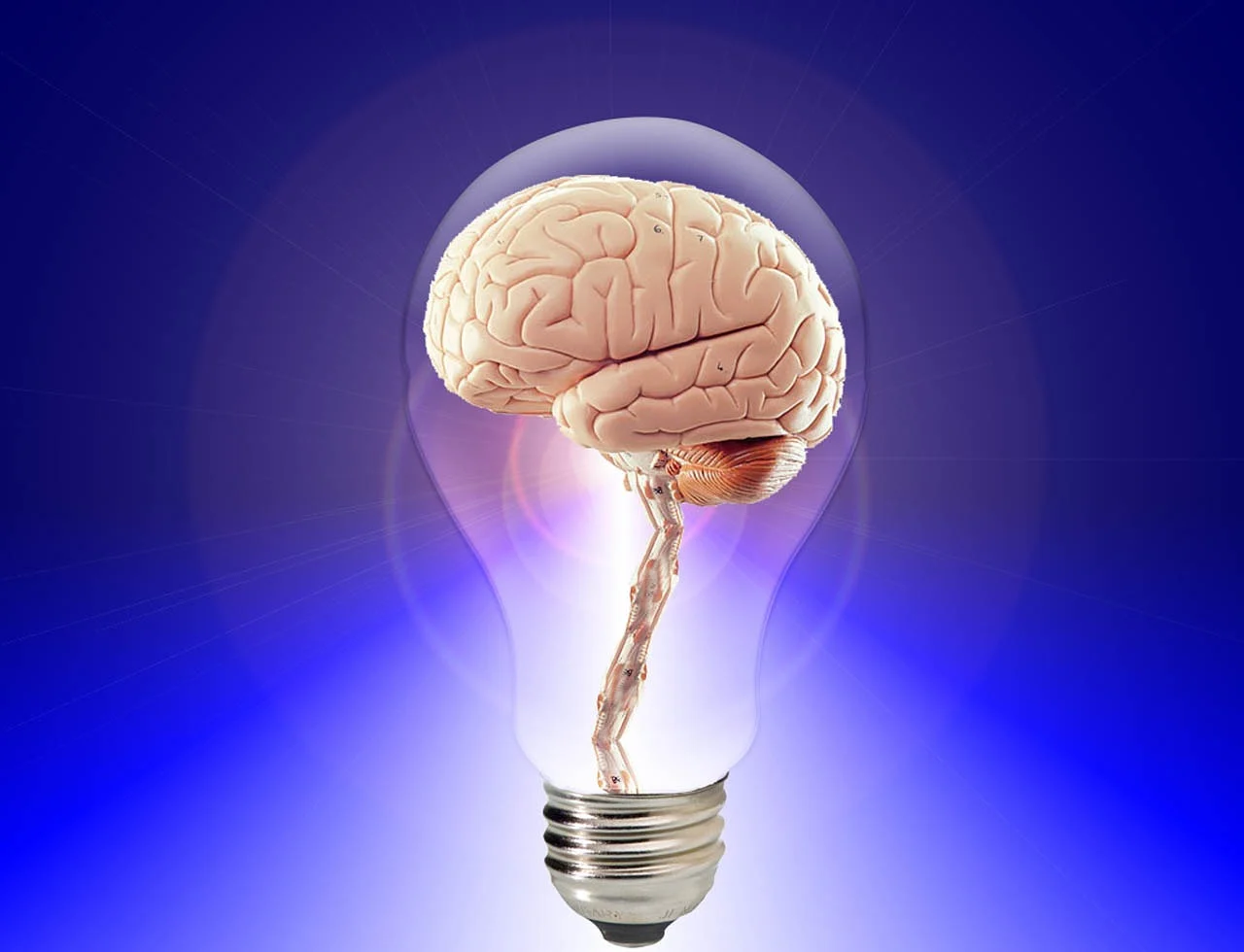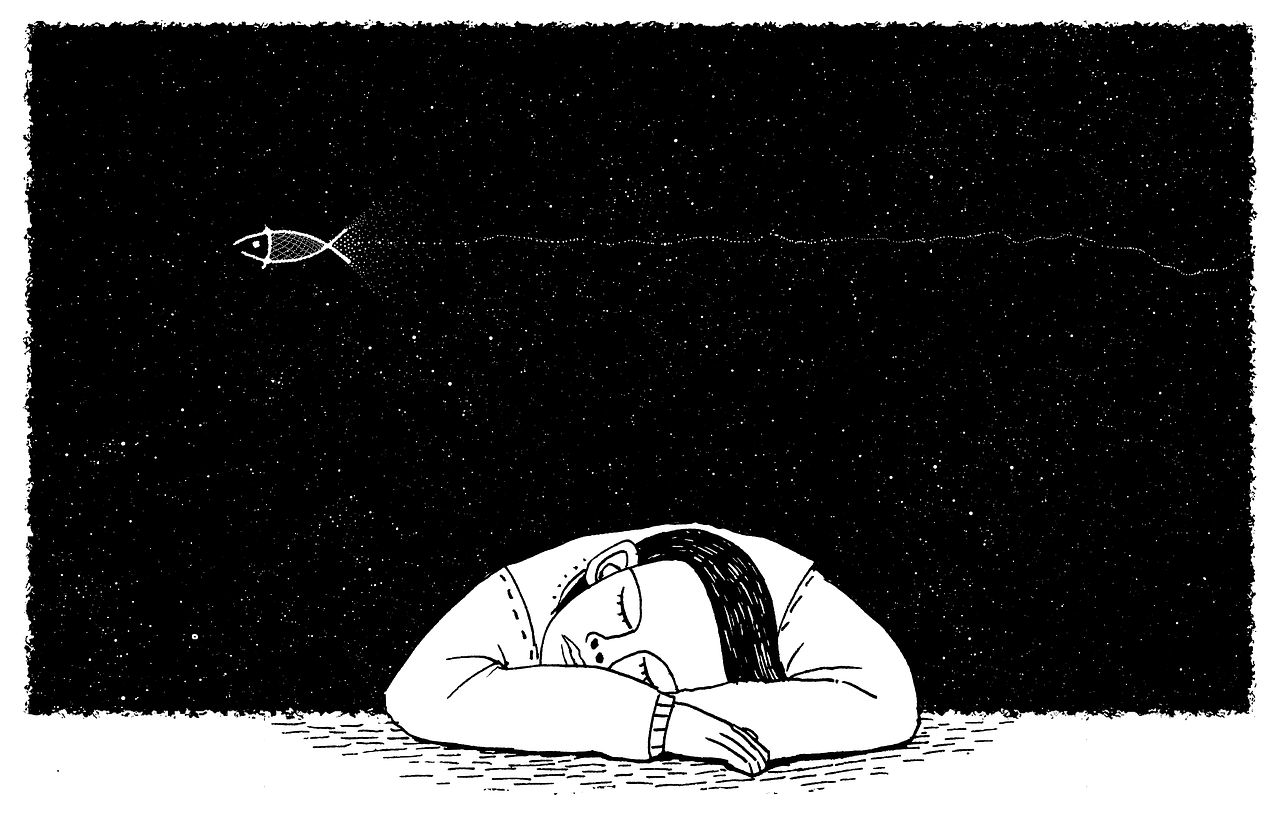Background
Since there have been people, dreams have piqued interest and been the topic of research. Generations of thinkers, philosophers, scientists, and artists have been puzzled, interested, and inspired by these mysterious mental events that take place while we sleep. Intricate threads of physics, psychology, and philosophy are sewn into the fabric of the dream world, which is as enormous and enigmatic as the cosmos itself. In this investigation, we explore the physics and psychology of dreams in an effort to solve their mysteries and comprehend their potential importance in revealing the innermost workings of the human psyche.
The Science of Dreams
Rapid eye movement (REM) sleep, which is when dreams happen, is characterized by heightened brain activity and vivid dream experiences. They frequently happen in cycles during the course of the night, with the length of each cycle increasing as the night goes on. Even while dreams have always been a part of life for people, it wasn’t until the 20th century that scientists started to understand the science underlying them.
Sigmund Freud, the father of psychoanalysis and an Austrian neurologist, was a pioneer in the study of dreams. Dreams, according to Freud, were a person’s “royal road to the unconscious” and a glimpse into their most secret desires and phobias. He introduced the idea of dream interpretation and put out the idea that dreams might fulfill wishes by allowing people to express suppressed feelings and thoughts. While Freud’s theories provided the foundation for the study of dreams, modern research has adopted a more complex strategy.
Recent studies have revealed that dreams are a complex interaction of several components, including memory consolidation, emotional processing, and problem-solving, rather than being primarily related to wish fulfillment. The fact that the hippocampus and other memory-related brain areas are quite active during REM sleep suggests that dreams may be involved in the organization and processing of daytime memories.
In addition, emotional content is frequently present in dreams, reflecting the person’s emotional condition and worries. People can work through unresolved emotions or worries by using dreams as a sort of emotional release valve. Studies showing a connection between dream content and a person’s emotional state lend support to this element of dreams that helps people process their emotions.
Psychology of Dreams
The study of the symbols, motifs, and archetypes that frequently emerge in dreams dig into the deepest levels of the human brain. A shared repository of memories and information that all people inherit is the idea of the collective unconscious, developed by Freud’s contemporary and Swiss psychiatrist Carl Jung. He thought that the ideas and symbols that show up in dreams are not just personal, but also have the ability to access the communal unconscious.
Jung popularized the idea of archetypes, which are timeless symbols and themes that appear in dreams from all eras and cultures. The hero, the shadow, the anima/animus, and the wise elderly man/woman are examples of these archetypes. These archetypes’ appearance in our dreams shows that there are fundamental, universal components of the human experience that are expressed there.
In order to obtain insight into a person’s psyche, dream analysis, a method created by Jung and later developed by other psychologists, includes examining the symbols and themes in dreams. Psychologists can assist patients comprehend their unconscious thoughts and feelings by looking at repeating symbols and their emotional connotations.
For instance, a dream about a serpent may symbolize different things to different people. It might be a symbol of metamorphosis and rejuvenation for someone else while it might be a representation of a dread of betrayal for someone another. Individuals can investigate the personal significance of these symbols and how they apply to their waking lives through dream interpretation.
Dreams’ Importance for Understanding Human Psyche

Dreams are extremely important for understanding the human psyche on many levels. Here, we examine several crucial facets of how dreams can illuminate our inner selves.
Processing Emotions
As was already said, dreams serve as a vehicle for processing emotions. They enable people to face and deal with unresolved feelings, worries, and concerns. Dreams can serve as a sort of emotional safety valve, assisting individuals in managing their emotional health.
Insight into Unconscious Thoughts
Aspects of our psyche that are hidden from our waking awareness can be revealed through dreams. Psychologists can assist people in discovering suppressed ideas, aspirations, and conflicts by examining the content of their dreams. Addressing problems like trauma, anxiety, and depression can benefit greatly from this understanding.
Creative Inspiration
Dreams have served as a source of inspiration for numerous artists, writers, and inventors throughout history. Dream imagery, for instance, had a significant influence on the surrealism movement in painting. Dreams can be a source of creativity and innovation, bringing new viewpoints and suggestions.
Problem-Solving and Decision-Making
Some people claim to have dreams that aid in problem-solving or decision-making. This process, known as “dream incubation,” occurs when people intentionally think about an issue before going to sleep and frequently awaken with fresh ideas or answers. Dreams can provide fresh perspectives on unresolved difficulties, though this is not always the case.
Understanding Personal Symbols
Individuals can unlock their personal symbols and associations with the aid of dream interpretation. What represents a snake to one person may represent something wholly different to another. People can learn more about their own psychology by looking at these symbols and their emotional relevance.
Archetypal Insights
According to Jung’s theory of archetypes, some symbols and themes in dreams may be representative of universal truths about the human condition. These archetypal components in dreams can help people connect with larger, more universal facets of the human brain.
Conclusion
Our collective imagination is still captivated by the wonder of human dreams. Dreams have influenced our understanding of the human mind and the complexity of the inner self in a significant way, from the ancient practice of dream divination to contemporary scientific and psychological investigations. Insights into the many levels of our awareness, from the processing of emotions to the revelation of hidden wants and fears, have been greatly aided by the science and psychology of dreams.
Dreams give us a window into the vast landscapes of our inner worlds and act as a link between the conscious and unconscious parts of our thoughts. They provide a fertile environment for scholarly investigation, therapeutic interventions, and creative inspiration. They are a tribute to the complexity and richness of human mind.
Even though a lot of work has been made in understanding the mysteries of dreams, they still pose many unanswered questions since they sit at the intersection of psychology, science, and personal experience. It is impossible to exaggerate the importance of dreams in comprehending the human psyche. Through archetypal symbols and overarching themes, they serve as mirrors, reflecting our deepest desires, feelings, and ideas while also tying us to the larger story of human experience.
As we continue to explore the science and psychology of dreams, we are likely to uncover new layers of understanding and insight into the human mind. Dreams, with their ever-shifting landscapes and limitless potential, remind us that the boundaries of human consciousness are far from fixed, and the mysteries of our own minds are waiting to be discovered, one dream at a time.



